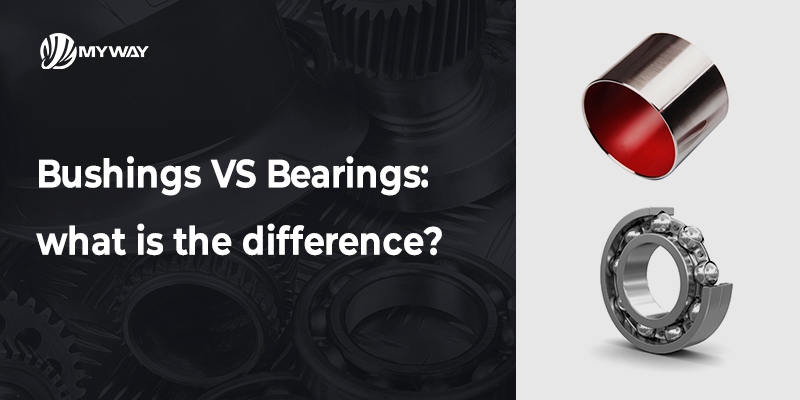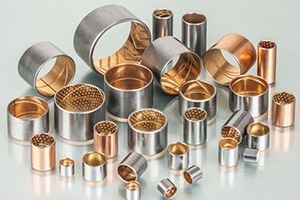
● Table of Contents
Bearings include bushings, but not just bushings. Bushings are a type of bearing. Let’s learn more about them in detail

1. What is a Bushing Also Known as?
Depending on what a bushing is doing and how it’s installed, it will have different names. People refer to bushings as all kinds of things, including:
Sleeve bearing
Plain bearing
Bushes/Bushing
Self lubricating bearing
Slide bearing

2. What is a Bushing

2..1 Is a Torn Bushing Bad?

3. What is a Bearing?


4. Key Differences between Bushings and Bearings
4.1 Structure and Design
4.2 Friction and Wear Resistance
4.3 Load Capacity
4.4 Lubrication
4.5 Applications

5. Why do You Need a Bushing?
Bushings are crucial components for reducing friction and wear in machinery, and they serve several important purpose:
- Extend the life of the shaft: By providing a wear-resistant surface, you can protect the shaft from direct contact with anything else, reducing the wear and tear on it and extending its life.
- Minimize maintenance: Especially with self-lubricating bushings, you significantly reduce the amount of maintenance and lubrication you have to do, which is a significant advantage in a lot of harsh environments and applications.
- Reduce operational costs: By avoiding excessive wear you cut down on the cost and the frequency of fixing your equipment to keep it up and running.
- Improve performance: With reduced friction, your equipment performs better in the long run.
For example, you might have heard of SF-1 or SF-2. These are self-lubricating bushings that have a composite structure with a PTFE /Teflon or other type of layer in them to keep them running basically without friction for a long time. We see these frequently used in applications where it’s difficult to maintain oil in a bearing, such as in agricultural machinery, construction equipment, and various automotive parts.

6. How to Choose the Right Component for Your Needs?
When selecting between bushings and bearings, consider the following factors:

7. Conclusion
When selecting between bushings and bearings, consider the following factors:
